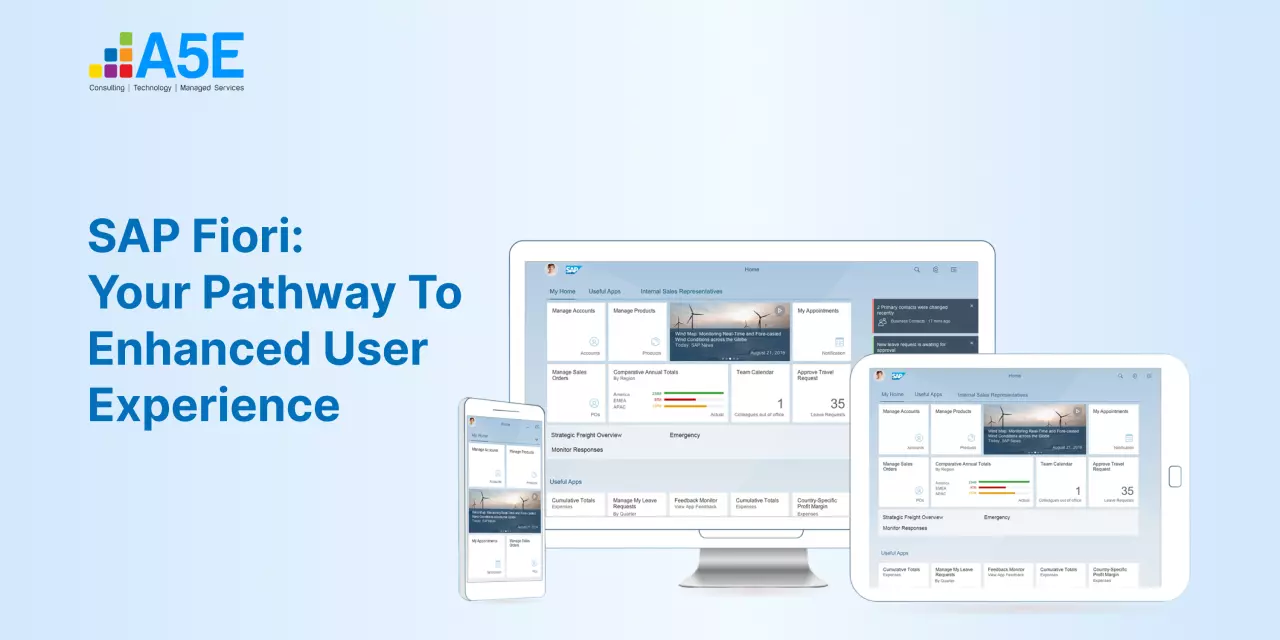
Digital HR Tech & Digitalization in HR: Evolving Platforms for the Post Pandemic Workforce
It’s hardly surprising that 91% of HR leaders, as indicated in a recent Gartner poll, have embraced work-from-home policies amid the pandemic, showcasing a pervasive digital transformation across work domains. Yet, in a clear signal that this shift isn’t merely a temporary fix, another Gartner survey highlighted that organizations plan for 48% of their workforce to persist with remote work, even post-pandemic. These shifts toward a digitalized workforce pose fresh challenges. Organizations are now compelled to address the stress and mental health of employees amidst these unfamiliar and digitally transformed conditions. This necessitates a closer look at digital human resource management strategies to navigate the evolving landscape effectively.
The pandemic has disrupted the way we work and hire. In this new environment, companies need to use HR Tech platforms to find and onboard employees without physical contact. PeopleApex is an HR Tech platform that can help companies do this. In April, we used PeopleApex to hire over 15 new employees. The entire process was carried out over digital channels. This shows that HR Tech platforms can be used to find and onboard employees in a remote-first world.
If you are looking for an HR Tech platform that can help you hire and onboard employees remotely, PeopleApex is a great option.
Clearly, Human Resource Management faces significant challenges. In fact, it’s fair to acknowledge that HR teams may not be entirely equipped to handle the sudden surge in demand for their services, particularly in the evolving landscape of HR tech and emerging human resources technology trends.
Technology in HR, often referred to as human resources tech, has been instrumental in fostering collaborative and transparent work environments for quite some time now. Forward-thinking organizations have embraced these tools well before the global crisis disrupted traditional work structures. While none could anticipate the abrupt transformation workplaces and workforces would undergo, companies already equipped with human resources tech solutions demonstrated a higher degree of adaptability in embracing remote work arrangements and facilitating smooth transitions for their employees.
SAP Digital Transformation & Digitalization in HR
In recent years, numerous companies have seamlessly incorporated SAP digital transformation and SAP transformation & SAP digitalization into their HR frameworks. This shift towards digital HR tech empowers organizations to optimize human resources with enhanced efficiency and consistency, leveraging social, mobile, analytical, and cloud technologies. In the landscape of human resource technology priorities, a strong emphasis is placed on analytics, virtual technology, and enhanced learning platforms. These advancements are fueled by the transformative capabilities offered by SAP digital solutions, complemented by SAP consulting services. This strategic integration of SAP technology heralds a new era where companies harness the power of digitalization to elevate their human resource management to unprecedented levels of effectiveness.
It is evident that a scalable HR Tech platform is required to deal with a digital future without succumbing to it.
HR Tech – the new challenges
Digital HR Tech platforms are not new. The people management technology has been helping companies to enable the performance of their associates with performance management, administrative activities, skill monitoring and upgrading, and raising work-related grievances among other things.
However, post-pandemic, the criticality of the tool to the remote employees, and those managing them has increased. This is posing multiple challenges for these tools including:
- Scalability: In the world of SAP digital transformation, the architecture employed for building human resources (HR) technology tools needs to be equipped to handle an ever-increasing number of users. The reliance on these platforms intensifies as more employees adopt remote work arrangements. HR technology tools become the primary source of information for employees seeking updates on company policies, project work, payroll, and other essential aspects of their employment. Additionally, employees utilize these platforms to track their performance, identify skill gaps, and access career-oriented guidance.To address this surge in demand, HR technology tools must maintain uninterrupted performance for a growing number of concurrent users without compromising speed or efficiency. Companies need to proactively identify the services within their HR technology platforms that are experiencing the highest usage and prioritize scalability efforts accordingly. By building scalable solutions, organizations can ensure seamless access to critical HR information and services for their expanding remote workforce.
- Workforce Engagement and Collaboration: Employee engagement was always in focus. Now, with all the employees being remote, engagement has moved beyond the physical workplace. While working from home in these uncertain times, the associates might need regular motivation while also being reminded of the expected demands of their role. Associates also collaborate for networking, recognition, appreciation, etc. Such engagements and collaborations are more necessary now than ever before given that casual conversations and informal linkages have become impossible. On one hand, the knowledge and experience sharing on the public timelines through collaboration tools help improve the morale of the associates. On the other hand, the HR Tech platform can also be responsible for regularizing the content that is being shared through such groups, chats, and posts to ensure consistency. The platforms need to be ready for understanding and coping with these new demands.
- Secure (and varied) access: The reality is that employees and the HR team will be accessing the HR Tech platform from a variety of devices and home computing environments. This means the platform will be accessed from conditions it may never have been designed for. Mobile access as well as access from low bandwidth connections and poor computing infrastructure need to be catered to. With all that, the solution will also have to factor in the unhindered performance of basic functions like attendance monitoring and leave tracking, access control and permissions, and following pre-decided workflows.
A modern HR Tech platform living in the cloud
The cloud can be a powerful ally against the challenges that current HR Tech platforms are facing. The cloud has the required infrastructure and configurations to provide scalable secure access to a growing number of employees and ensure a safe environment even during remote work.
Coming to functionality, modern HR Tech platforms powered by the cloud can, indeed must, enhance engagement, performance as well as accessibility. Here are some of the major benefits that could make a modern cloud-based platform a necessary part of the post-pandemic work structure:
- Automation: There’s a lot of redundancy in functionalities like payroll management, attendance regulation, etc. Cloud-Based HR Tech platforms can be aligned with effective automation strategies that would serve throughout the remote workplace with all its varying geographies. Automation will relieve the HR personnel from repetitive manual work and help them focus on more employee engagement, upskilling, and collaboration opportunities. Payroll configuration, attendance processing, and integration, etc. can be automated and carried out whenever required.
- Integrated 360-degree Solutions: The multiple features of the HR Tech platforms including skill management, onboarding, performance overview, etc. can be scaled for the growing number of simultaneous users. Cloud allows scalability while delivering a 360-degree service catering to the huge spectrum of user demands. Taking a mobile-first approach to architecture can make the tool more accessible from anywhere at any time.
- Distributed teams: Shift customization, project assignments, engaging user experience across different devices – these are some of the features that will help the company work untroubled with distributed teams. Modern cloud-based HR Tech platforms deliver these features to these new team configurations. In fact, the tool should be able to incorporate new features that would increase the efficiency of remote work.
- On-boarding processes: Digital employee onboarding can be an overwhelming process in the remote working world. Especially, without a physical workplace, it can take much longer to settle into the new rhythm. Therefore, more engaging HR Tech platforms can help the onboarding associates stay in touch with the ongoing activities and also connect with the right personnel in case of any doubts. The connectivity and scalability offered by the cloud-based tool will make onboarding and other similar processes more effective, more informative, and less anxiety-prone for everyone involved.
What is common to Facebook, Twitter, and TCS? Apart from being giants of the tech world, these companies have all announced significant extensions to their work from home plans. Tech centers like Silicon Valley have been plagued by high costs of operations as well as high living costs. COVID-induced lockdowns have served to remind companies that remote employees could be just as productive as on-site employees. As the new digital employee takes over the organization, the HR Tech platform must be digital-friendly too.







